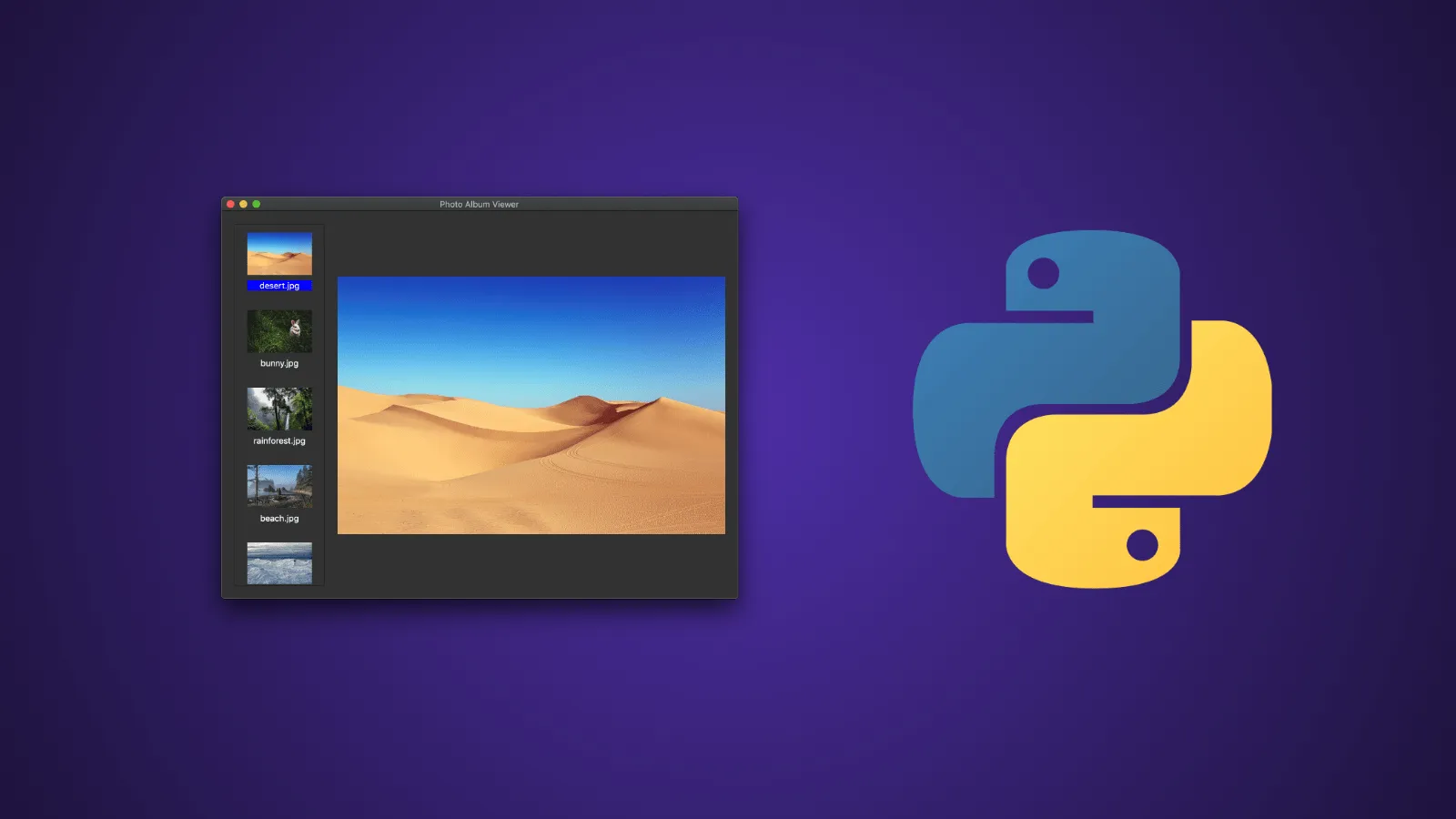Smartphones have become an integral part of our lives. Their global penetration soared to an astonishing 68 percent in 2022, reaching a user base of 6.3 billion individuals worldwide. This significant milestone underscores the devices' ubiquitous nature and their critical role in daily activities, ranging from communication to entertainment.
The evolution of smartphone usage patterns reflects broader shifts in consumer behavior and technology acceptance. Such trends offer invaluable insights for businesses aiming to enhance user engagement and develop effective strategies. Recognizing and adapting to these changes is crucial for staying relevant in the highly competitive digital marketplace. In this context, analyzing evolving smartphone user behavior provides a solid foundation for establishing best practices in product development, marketing, and customer service.
The Evolution of Smartphone Use
Smartphones, the ultimate mobile devices, have transcended their basic functionality to become essential tools in our everyday lives. The integration of mobile technology has significantly influenced smartphone usage, making these devices an inseparable part of human activities. This evolution marks the beginning of our exploration into how cell phones reshape interactions, entertainment, and even business processes, laying the groundwork for a deeper understanding of their impact.
Two decades of change: How smartphones have reshaped daily life
A little over 20 years ago, a phone was just a phone, regardless of which operating system you used. However, the inception of the first iPhone and Android 1.0 revolutionized mobile computing. Today, a phone is a pocket-sized personal assistant, tutor, and entertainment hub. It's a direct result of more innovative design, abundant features, and an ecosystem that encourages continuous use.
Beyond calls and texts: The diversification of smartphone functions
The revolution began with Apple's introduction of the iPhone and has only accelerated since. Smartphones have transitioned from simple communication tools to multi-functional devices equipped with sensors that can track our health and the world around us. The possibilities are expanding, and users expect more every day.
The rise of mobile internet: A world at our fingertips
The advent of 4G and now 5G networks means the internet is not just faster --- it's ubiquitous. We no longer have to wait to get home or to the office to access information. The instant availability of data has fundamentally altered our decision-making process and sense of time thanks to the power of mobile-first web designs and other technologies.
Apps galore: The explosion of mobile applications
From tools that aid productivity to games, the Apple App Store and Google Play now boast millions of apps designed to meet every user's needs. This proliferation has fueled the addiction to mobile app usage, as there's always something new to discover and download.
The impact of smartphone evolution on user experience
With such rapid expansion, user experience (UX) has become a battleground for loyalty. Mobile users have become less forgiving of glitches, slow load times, and confusing interfaces. They demand intuitive designs that provide instant gratification.
Instant gratification and the need for speed
In a world that's increasingly on the go, patience is a virtue in short supply. For smartphone users, speed is paramount. Data shows that mobile visitors will leave websites if it takes more than three seconds for the page to load.
The demand for intuitive user interfaces
Complex navigation and cluttered screens are a thing of the past. A simple, intuitive interface that anticipates user needs is the benchmark for success in the current UX landscape.
Current Trends in Mobile Usage
In this era, defined by the ubiquity of mobile phones, understanding the habits of smartphone users becomes crucial. We'll explore how device usage patterns, heavily influenced by digital media, are shaping mobile user behavior. This examination sheds light on the dynamics of contemporary digital interactions, setting the stage for a deeper dive into the intricate web of mobile connectivity and its implications.
From social to service: How we use our phones today
Social networking was the first phase of smartphone dominance, but service provision is taking over. Apps like Uber and Airbnb have redefined entire industries, showing that smartphones are not just tools for connecting but also for transacting businesses.
The role of smartphones in content consumption
Video on smartphones is the new normal. Short-form content, podcasts, and live streams are shaping the digital media landscape, and smartphones are the medium of choice for consumption.
Understanding Modern Mobile User Behavior
Understanding the nuances of smartphone users' habits offers a gateway into broader consumer behavior. Analyzing mobile user behavior reveals a complex interplay of demographics, guiding businesses' strategy development. This understanding forms the foundation of our exploration, setting the stage for an in-depth look at how these dynamics influence today's digital marketplace.
User behavior analysis: What the data tells us
The metrics are clear: users touch their smartphones over 2,617 times a day. This isn't just about frequency; it's about how and why they use their devices. The average user spends approximately 4 hours and 25 minutes on their smartphone daily, most of that time spent on social media, messaging, and entertainment apps. This data paints a clear picture --- smartphones have become integral to our daily lives.
Patterns of daily mobile interaction
Most interactions are short, with over a third of users checking their smartphones within five minutes of waking up. The mobile usage pattern continues throughout the day, with short bursts of usage during any available downtime. This behavior is consistent across all age groups, with younger users spending more time on their devices than older ones.
Peak usage times: When do people engage the most?
While evenings are traditionally the busiest times, there's a constant low-level usage throughout the day. This 'always-on' mentality influences design and content strategy. It's no longer enough to have a great website; businesses need to consider how their content is displayed on various devices and how it can capture users' attention in short bursts.
The psychology behind smartphone use
Smartphone usage taps into our primal desires for connection, validation, and information. Understanding the psychological motivations behind usage can be a game-changer for developers and marketers alike.
The dopamine effect: Why can't we put our phones down
Smartphone use triggers the release of dopamine, the 'feel-good' hormone. Every notification, like, or message can become a small, addictive pleasure that keeps us coming back for more. This makes it challenging to put our phones down, even when we know we should. Understanding this behavior can help us balance staying connected and disconnecting.
Fear of missing out: The impact on mental health
The constant need to check our phones is fueled by the fear of missing out or, as Gen Z calls it, FOMO. This anxiety-inducing phenomenon can cause stress, depression, and other mental health issues. Businesses need to be mindful of this when designing their UX.
Customization and control: Personalizing the mobile experience
The smartphone is an extension of personal identity. Custom backgrounds, ringtones, and app setups make each device unique, serving as an anchor in a chaotic world. Giving users control over their mobile experience can foster loyalty and help create a sense of ownership.
Image by Mohamed_hassan on Pixabay
Enhancing User Experience on Smartphones
Improving smartphone user experience has become paramount, as these devices are central to our daily lives. A seamless, intuitive interface plays a crucial role in bridging the disconnect between new technologies and user needs. In the following sections, we will explore how to enhance these interfaces, ensuring they cater to individual preferences and foster an enriching, personalized mobile experience.
Principles of mobile UX design
Good mobile UX design is not about bells and whistles. It's about simplicity and efficiency. It should make tasks easier and more enjoyable, not add another layer of complexity. Here are some fundamental principles to keep in mind when designing for mobile:
Simplicity and efficiency: The keys to user-friendly design
Each element on a mobile screen should serve a purpose, and the path to that purpose should be as short and straightforward as possible. Unnecessary or confusing elements should be eliminated, and the design should allow the user to achieve their goal quickly.
Responsive design: Adapting to various orientations and platforms
Design must be flexible in a world where devices come in all shapes and sizes. Responsive UI/UX ensures that no matter the device, the experience is seamless. This includes optimizing for different screen sizes, orientations, and input methods such as touch or keyboard.
Consistency: Establishing familiarity and ease of use
Consistency in design elements like icons, colors, and fonts creates a sense of familiarity and helps users navigate the interface more quickly. It also establishes a cohesive brand identity and prevents confusion.
The role of sim card service providers in user experience
Networks are the unsung heroes of smartphone use. Without reliable, fast connectivity, even the best mobile design falls flat. This is where SIM card service providers come in. They are responsible for providing the network coverage and services that help users access data, make calls, and send messages on their mobile devices.
But their role doesn't stop there. Here are a couple of other critical roles they play:
Network reliability and its impact on mobile usage
5G promises to revolutionize what's possible, but 4G networks are still the backbone of many regions. Choosing between broader coverage and faster speeds is a delicate balance that providers must manage. If network reliability or speed is lacking, users will likely switch providers or even devices, affecting their overall mobile experience.
Value-added services: Beyond just connectivity
Services such as carrier billing for app purchases or data rollover rewards can significantly impact the user experience, engendering loyalty and satisfaction. Sim card service providers are constantly developing and offering new services to differentiate themselves in a competitive market and enhance the overall mobile experience for their customers.
Image by Mohamed_hassan on Pixabay
Turning Trends Into Best Practices
In a time dominated by mobile technology, the evolution of smartphones continues to enhance user experience dramatically. This nexus between technological innovation and connectivity lays the foundation for exploring best practices within the industry. Through an examination of current trends, we can better understand how the advancements in mobile technology shape user experience.
For app developers: Leveraging user behavior insights
Understanding what your users do and why they do it is crucial. Behavior should inform design and features to keep users engaged and satisfied. With the abundance of data available on app usage, developers can leverage analytics tools to gain valuable insights into user behavior. This information can then be used to improve app design and functionality, creating a better overall mobile experience for users.
For marketers: Crafting campaigns that resonate
The data is a goldmine for targeted marketing. Personalized campaigns that tap into the zeitgeist of smartphone culture can yield remarkable results. With the rise of social media use and influencer marketing, it's vital for marketers to stay up-to-date on trends in order to craft campaigns that resonate with their audience. Marketers can create a more impactful connection with consumers by staying relevant and timely.
Embracing the Future With Insights and Actions in the Smartphone Era
The only constant in mobile technology is change. By staying informed, adapting your practices, and always putting the user first, you'll be well-positioned to ride the waves of smartphone evolution.
In conclusion, the smartphone era is constantly in flux, with user behavior and technology shifting in tandem. By understanding these dynamics, developers, and marketers can keep pace and set the trends that others follow. It's not enough to observe; we must act on these insights to create a future where smartphones enhance our lives rather than detract from them.







